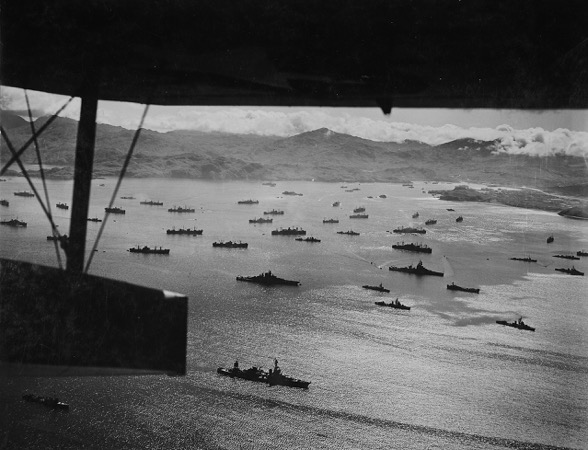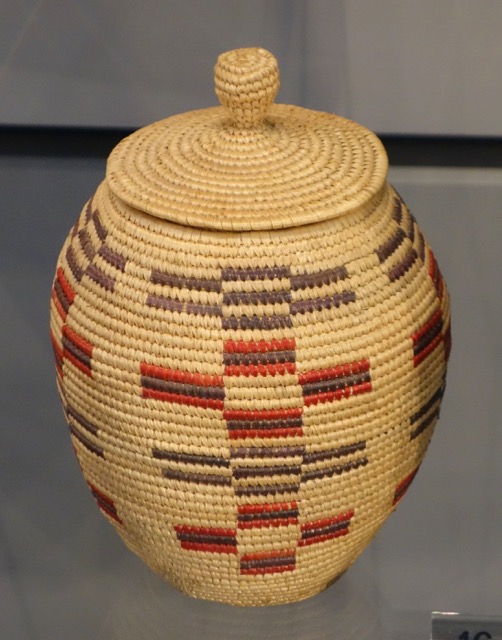Culturally Responsive Curriculum Standard A: A culturally-responsive curriculum reinforces the integrity of the cultural knowledge that students bring with them.
A curriculum that meets this cultural standard:
1. recognizes that all knowledge is imbedded in a larger system of cultural beliefs, values and practic es, each with its own integrity and interconnectedness;
es, each with its own integrity and interconnectedness;
2. insures that students acquire not only the surface knowledge of their culture, but are also well grounded in the deeper aspects of the associated beliefs and practices;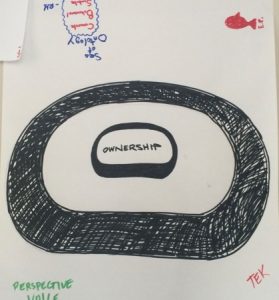
3. incorporates contemporary adaptations along with the historical and traditional aspects of the local culture;
4. respects and validates knowledge that has been derived from a variety of cultural traditions;
5. provides opportunities for students to study all subjects starting from a base in the local knowledge system.
Culturally Responsive Curriculum Standard B: A culturally-responsive curriculum recognizes cultural knowledge as part of a living and constantly adapting system that is grounded in the past, but continues to grow through the present and into the future.
A curriculum that meets this cultural standard:
1. recognizes the conte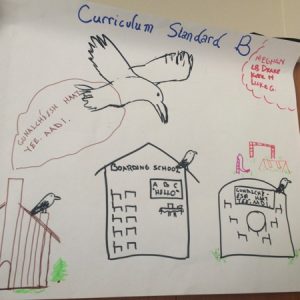 mporary validity of much of the traditional cultural knowledge, values and beliefs, and grounds students learning in the principles and practices associated with that knowledge;
mporary validity of much of the traditional cultural knowledge, values and beliefs, and grounds students learning in the principles and practices associated with that knowledge;
2. provides students with an understanding of the dynamics of cultural systems as they change over time, and as they are impacted by external forces;
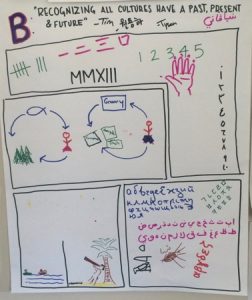 3. incorporates the in-depth study of unique elements of contemporary life in Native communities in Alaska, such as the Alaska Native Claims Settlement Act, subsistence, sovereignty and self-determination.
3. incorporates the in-depth study of unique elements of contemporary life in Native communities in Alaska, such as the Alaska Native Claims Settlement Act, subsistence, sovereignty and self-determination.
Culturally Responsive Curriculum Standard C: A culturally-responsive curriculum uses the local language and cultural knowledge as a foundation for the rest of the curriculum.
A curriculum that meets this cultural standard:
1. utilizes the local language as a base from which to learn the deeper meanings of the local cultural knowledge, values, beliefs and practices;
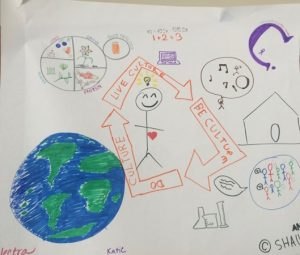 2. recognizes the depth of knowledge that is associated with the long inhabitation of a particular place and utilizes the study of “place” as a basis for the comparative analysis of contemporary social, political and economic systems;
2. recognizes the depth of knowledge that is associated with the long inhabitation of a particular place and utilizes the study of “place” as a basis for the comparative analysis of contemporary social, political and economic systems;
3. incorporates language and cultural immersion experiences wherever in-depth cultural understanding is necessary;
 4. views all community members as potential teachers and all events in the community as potential learning opportunities;
4. views all community members as potential teachers and all events in the community as potential learning opportunities;
5. treats local cultural knowledge as a means to acquire the conventional curriculum content as outlined in state standards, as well as an end in itself;
6. makes appropriate use of modern tools and technology to help document and transmit traditional cultural knowledge;
7. is sensitive to traditional cultural protocol, including role of spirituality, as it relates to appropriate uses of local knowledge.
Culturally Responsive Curriculum Standard D: A culturally-responsive curriculum fosters a complementary relationship across knowledge derived from diverse knowledge systems.
A curriculum that meets this cultural standard:
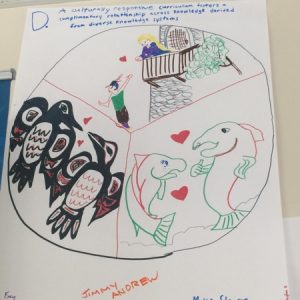 1. draws parallels between knowledge derived from oral tradition and that derived from books;
1. draws parallels between knowledge derived from oral tradition and that derived from books;
2. engages students in the construction of new knowledge and understandings that contribute to an ever-expanding view of the world.
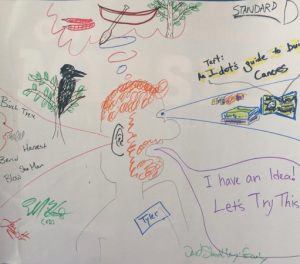
Culturally Responsive Curriculum Standard E: A culturally-responsive curriculum situates local knowledge and actions in a global context.
A curriculum that meets this cultural standard:
1. encourages students to consider the inter-relationship between their local circumstances and the global community;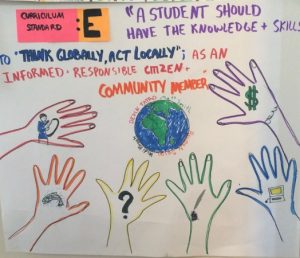
2. conveys to students that every culture and community contributes to, at the same time that it receives from the global knowledge base;
3. prepares students to “think globally, act locally.”

